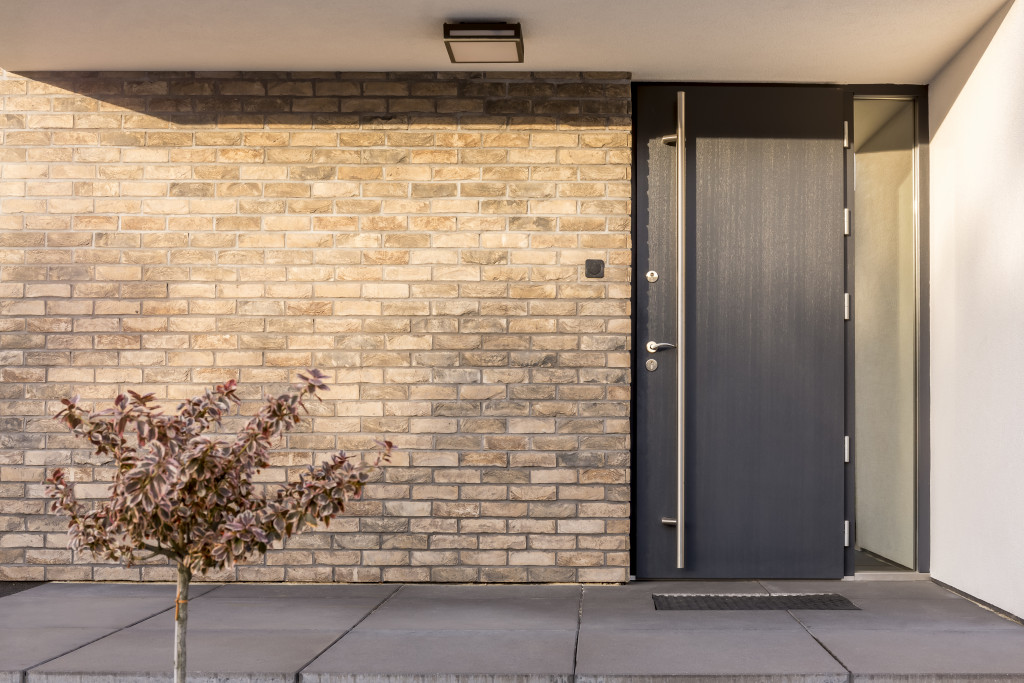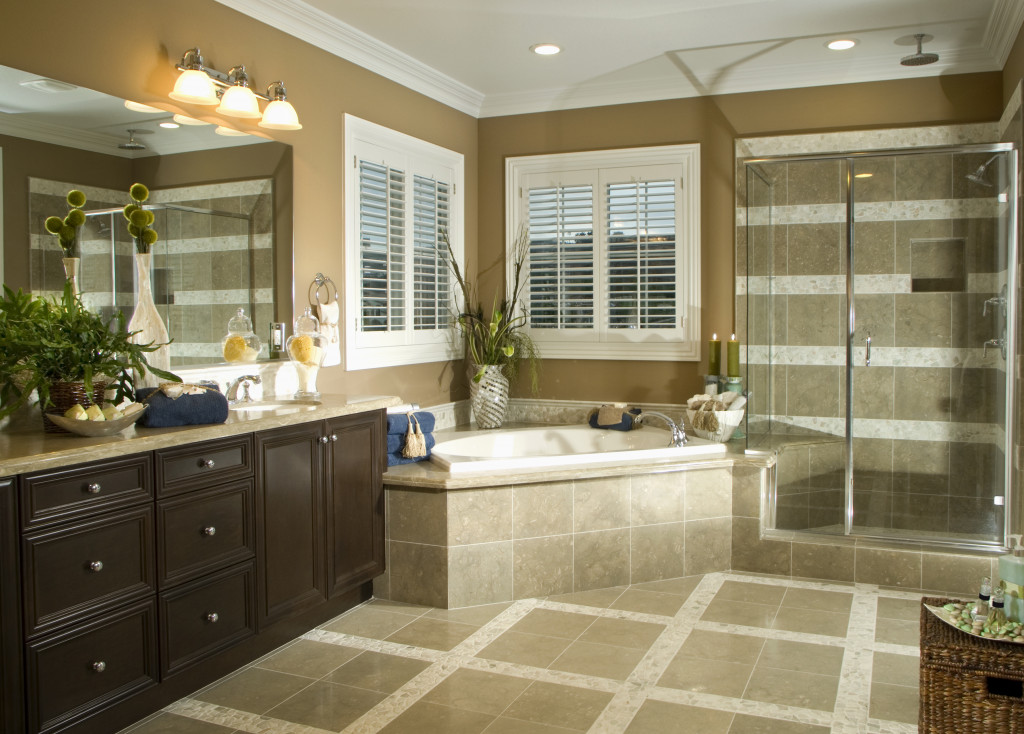- Remote homes offer increased privacy, lower costs, and access to natural resources.
- Sustainable materials like stone, wood, and clay can create eco-friendly and durable structures.
- Electric or lightweight all-terrain vehicles are suitable for navigating remote terrain.
- Rough-terrain cranes are needed for lifting heavy materials efficiently.
- Promote services by creating a website, listing business in directories, doing print advertising, attending seminars and trade shows, offering discounts, building a portfolio of projects completed, and using social media platforms.
Remote homes offer homeowners a range of benefits, including increased privacy, lower costs, and access to natural resources.
Privacy is one of the most significant advantages of remote homes. Living in a remote area means neighbors are fewer and farther away from each other, providing more space to enjoy personal time or entertain guests without worrying about disturbing anyone else. Without the distractions of neighboring homes and people, homeowners can have their quiet place to retreat from the hustle and bustle of urban life.
The cost of living in a remote area is usually significantly lower than in an urban area. Homeowners often find lower land prices away from more populated areas and benefit from lower property taxes due to less competition for living spaces. Furthermore, because they are located away from main roads, they eliminate transportation costs associated with commuting and traveling.
Lastly, remote homeowners can take advantage of natural resources such as nearby forests or lakes for activities such as fishing or hiking that may not be accessible in urban areas. By building homes in remote areas, homeowners can enjoy nature while still having easy access to modern amenities like internet and power supply.
Offering remote home construction services can be profitable, but you must be prepared. Here are a few tips to help you get started:
Learn How to Use Sustainable Materials

Remote homes often have unique designs far from what people are used to seeing in urban areas. To fit with nature, remote homeowners usually want to utilize sustainable materials. It can complement remote locations, making learning how to use those materials in construction vital.
Learning how to use natural materials to build homes in remote areas cannot be overstated. Natural materials such as stone, wood, and clay are easy to find in most places and can provide an affordable and eco-friendly house construction solution. Using these materials not only reduces the building process’s environmental impact but also helps ensure durability and low maintenance for years to come.
Using Natural Stones
Natural stones are one of the oldest building materials available and can be used to construct both exterior and interior walls. Stones offer a variety of colors, textures, and sizes that make them well-suited for creating aesthetically pleasing structures. They also boast excellent insulation properties that keep homes cool during hot summer days while keeping out moisture during wet months. Additionally, they require minimal maintenance, making them particularly appealing to those looking to build their dream home with minimal effort.
Using Wood
Wood is another widely available material often used for remote home construction due to its affordability and versatility. Wooden frames provide strength and stability while allowing plenty of customization options through paint or stain choices. Furthermore, wood is a renewable resource that is easy to source from local forests or sustainably managed farms. As long as it is correctly treated against rot or pests, wooden frames can provide decades of reliable service without requiring extensive maintenance or repairs.
Using Clay Bricks
Clay bricks offer several advantages compared to traditional bricks made with cement mixtures or other synthetic materials. They have substantially higher fire resistance than different brick types while still providing exceptional insulation properties that make them great for reducing energy costs over time. Clay bricks also look great when combined with natural stones for decorative accent walls or external facades on a home design plan.
Using Straw Bales
Straw bales are becoming increasingly popular in remote area homes due to their high insulation properties and sustainable sourcing requirements. Straw bales allow homeowners to reduce their carbon footprint using straws from local farms, which may go unused or burned off as waste material if left unchecked. In addition, straw bales have been known to last up to 25 years, making them an attractive option compared with other construction materials on the market today.
Get the Essential Equipment
When building homes in remote areas, several changes must be considered regarding equipment. One key factor to consider is the terrain; building in a remote area usually involves navigating unpredictable or rough terrain, which means construction equipment needs to be able to handle off-road or steep-slope conditions. For instance, large trucks and cranes may not be suitable for certain areas due to their size and weight – instead, lightweight all-terrain vehicles (ATVs) such as side-by-sides can often provide better maneuverability.
In addition, while many pieces of construction machinery are designed with diesel fuel tanks for improved efficiency and durability, these fuel systems may not always be available in a remote areas. Electric power options are often a better choice because they eliminate the need for long fuel lines or heavy fuel storage containers. Furthermore, electric-powered equipment eliminates any environmental concerns associated with burning fossil fuels.
You should also invest in high-quality rough-terrain cranes to help lift heavy materials such as stone, wood, or clay bricks. Rough-terrain cranes are designed to be more dynamic and maneuverable than traditional models and have been known to perform better on steep slopes or off-road surfaces.
Promote Your Services

Preparing to build homes in remote areas will not be ideal if you fail to get customers to hire you for those services. Create a website and list your business in local directories to get the word out. In addition to promoting your services online, consider doing print advertising, attending trade shows or seminars related to remote home construction, or even offering discounts to first-time customers.
Another way to promote your services is by creating a portfolio of projects you’ve completed in the past. Doing this will give potential customers an idea of your skills and capabilities and inspire their designs.
Finally, use social media platforms like Facebook, Instagram, or LinkedIn to spread awareness about your business. Social media can help you reach broader audiences and offer valuable insights on improving customer satisfaction when working with remote homeowners.
Final Thoughts
By following these tips, you’ll be better prepared to build homes in remote areas. With proper planning and preparation, you can offer high-quality construction services that appeal to those looking for a unique living experience away from urban life.